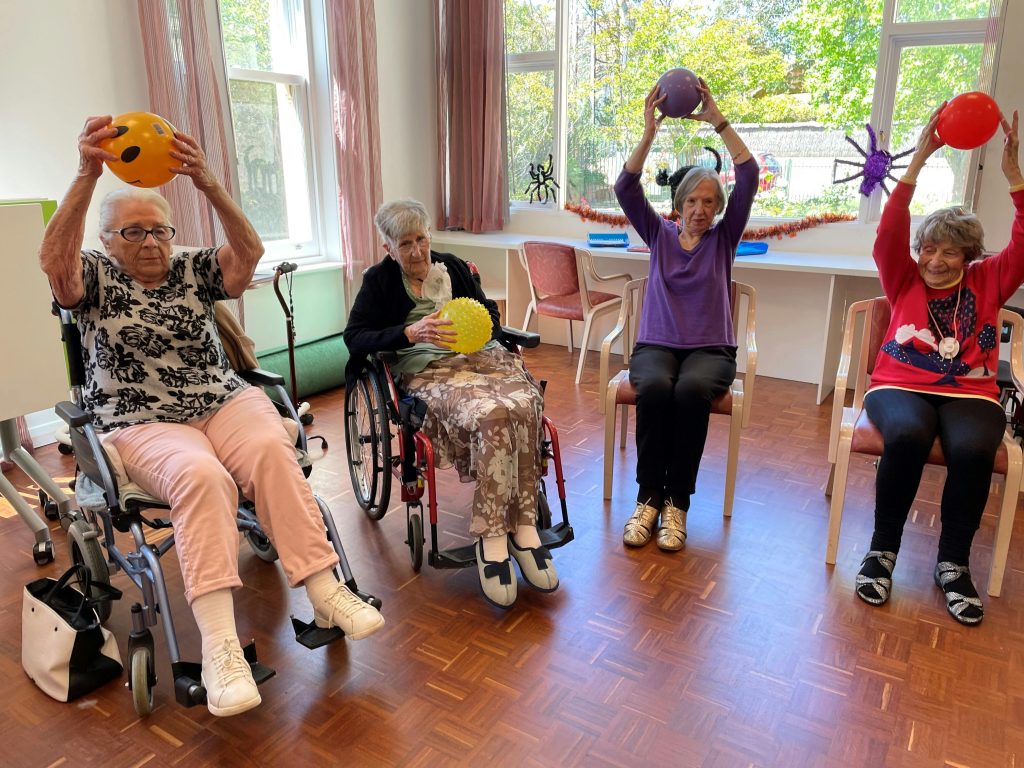Effective marketing plays a crucial role in attracting families seeking specialized care for their loved ones. Crafting a strategic marketing plan tailored to the unique needs of memory care centers is essential for success in this competitive industry. In this comprehensive guide, we delve into strategic approaches and actionable steps to develop robust marketing plans that drive awareness, engagement, and occupancy for memory care centers.
I. Understanding the Landscape of Memory Care Marketing
A. Market Analysis
Before diving into crafting a marketing plan, it’s crucial to conduct a comprehensive analysis of the memory care market landscape:
- Demographic Trends: Understand the demographics of individuals requiring memory care services in your target area.
- Competitive Analysis: Assess competitor memory care centers to identify strengths, weaknesses, opportunities, and threats (SWOT analysis).
- Consumer Behavior: Analyze the decision-making process of families when selecting memory care services for their loved ones.
B. Identifying Target Audience and Personas
Target Audience
Identify the primary audience segments that memory care centers aim to reach:
- Family Caregivers: Individuals responsible for making decisions about memory care for aging loved ones.
- Healthcare Professionals: Physicians, social workers, and other healthcare professionals who refer patients to memory care centers.
- Community Partners: Local organizations, support groups, and healthcare facilities that can serve as referral sources.
Persona Development
Develop detailed personas representing each audience segment, including their demographics, pain points, motivations, and preferred communication channels.
II. Crafting a Strategic Marketing Plan
A. Setting Clear Objectives
SMART Goals
Define specific, measurable, achievable, relevant, and time-bound (SMART) goals for the marketing plan:
- Increase Occupancy: Set a target occupancy rate to achieve within a specified timeframe.
- Boost Brand Awareness: Increase awareness of the memory care center’s brand within the local community.
- Enhance Referral Relationships: Strengthen relationships with healthcare professionals and community partners for increased referrals.
B. Developing Key Strategies
Integrated Marketing Approach
Implement a cohesive and integrated marketing approach that utilizes a mix of online and offline strategies:
- Digital Marketing: Utilize digital channels such as websites, social media, email marketing, and search engine optimization (SEO).
- Traditional Marketing: Incorporate traditional tactics like print advertising, direct mail, and community events.
Content Marketing Strategy
Develop a content marketing strategy focused on providing valuable information and resources for families and caregivers:
- Educational Content: Create blog posts, articles, and guides addressing common concerns and questions related to memory care.
- Testimonials and Success Stories: Share stories of residents and families to showcase the positive impact of the memory care center’s services.
- Virtual Tours and Videos: Provide virtual tours and video testimonials to offer an inside look at the facility and its amenities.
C. Implementing Tactical Initiatives
Tactical Initiatives Table
| Initiative | Description |
|---|---|
| SEO Optimization | Enhance website visibility through keyword optimization and content strategy. |
| Social Media Campaigns | Launch targeted social media campaigns to engage with families and caregivers. |
| Email Marketing | Develop segmented email campaigns to nurture leads and maintain communication. |
| Community Events | Host educational seminars, support groups, and networking events in the local community. |
| Physician Outreach | Establish relationships with healthcare professionals through lunch and learns and referral programs. |
| Print Collateral | Create brochures, flyers, and informational packets to distribute to local healthcare providers and community partners. |
III. Measuring Success and Iterating
A. Performance Metrics
Track key performance indicators (KPIs) to measure the effectiveness of the marketing plan:
- Occupancy Rate: Monitor changes in occupancy levels over time.
- Website Traffic: Analyze website traffic metrics such as sessions, page views, and bounce rate.
- Lead Generation: Measure the number of inquiries, tours scheduled, and admissions resulting from marketing efforts.
- Referral Sources: Track the origin of referrals from healthcare professionals and community partners.
B. Continuous Improvement
Regularly evaluate the performance of marketing initiatives and make data-driven adjustments as needed:
- A/B Testing: Experiment with different messaging, visuals, and calls-to-action to optimize conversion rates.
- Feedback Collection: Solicit feedback from residents, families, and referral sources to identify areas for improvement.
- Competitive Analysis: Stay informed about competitors’ marketing strategies and adapt accordingly.
IV. Conclusion
Crafting a strategic marketing plan for memory care centers requires a deep understanding of the target audience, competitive landscape, and effective marketing tactics. By following the strategic approaches outlined in this guide and continuously monitoring performance metrics, memory care centers can drive awareness, engagement, and ultimately, enhance the quality of life for residents living with memory impairment. Embrace innovation, collaboration, and a commitment to excellence to position your memory care center for long-term success in the evolving healthcare landscape.



